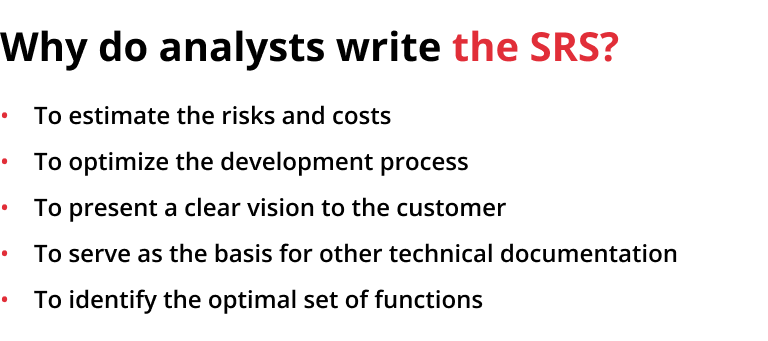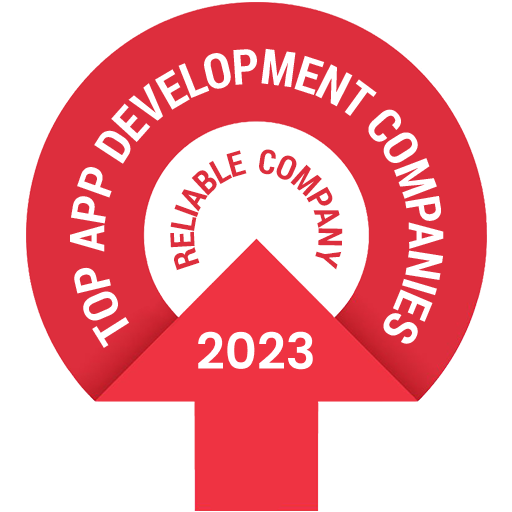The Guide Content
Chapter 1. What is Software Outsourcing and Why It’s Now Not Only about the Price
Chapter 2. How to Сhoose the Сountry, Outsourcing Partner and Business Model
Chapter 3. Let’s Start a New Project: the Set-up Process
Chapter 4. Step 1. Business Analysis and Design Are Key
Chapter 5. Step 2. Software Development: Quality Is a Must
Chapter 6. Step 3. Testing and Support for the Result
Chapter 7. FAQ about Outsourcing Software Development
Once the parties have signed the contract, the project’s development moves to the business analysis stage.
The business analyst (BA) advises programmers, graphic designers, and QA during product development. He/she supports the customer throughout the whole process and conducts interviews in order to resolve any disputes that may arise. When stakeholders are unclear about their requirements, the BA builds a simple prototype that can help create an understanding of the system and its specifications. During the analysis process, analysts can determine which methodology is better to use.
The BA is responsible for drafting the software requirements specification (SRS) in accordance with business needs, and is engaged in its future modifications.
The SRS is a technical document that includes information on how the product’s system should work and what functions it should perform. The product requirements document is the place where the characteristics and requirements of the software are described. It includes product goals, user personas, all user stories, wireframes, mock-ups, details concerning integrations with external services, API documentation, and so on.

As BAs are solution-seekers, they play an essential role in the user experience lifecycle. The team prepares the design specification, which stakeholders review and then offer their feedback.
During this stage, BAs prepare the usability requirements for an interface, whereas designers propose their solutions. The main distinguishing feature is: while BAs focus primarily on business needs, UX/UI is more about capturing requirements from the user’s perspective.
BAs conduct detailed technical analysis, business planning, and data modeling, while UX/UI designers focus on the creation of user personas, the visual design concept, and usability testing.
It is crucial to discuss the design concept for an interface during the business analysis stage, as it will be easier to improve it during the process, instead of starting from scratch. And instead of reading long technical specifications, talking to stakeholders, and creating prototypes, a designer can use the time to solve UX/UI tasks.









